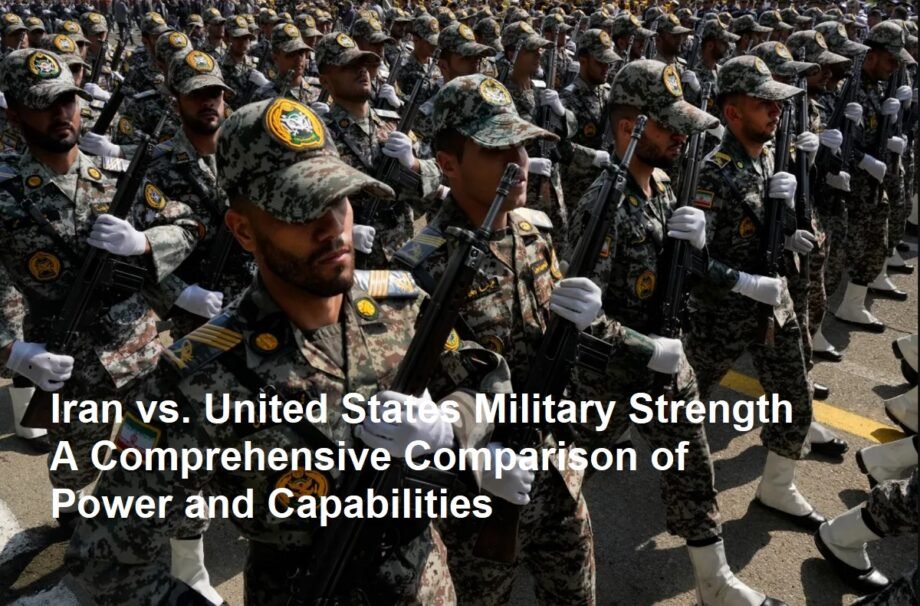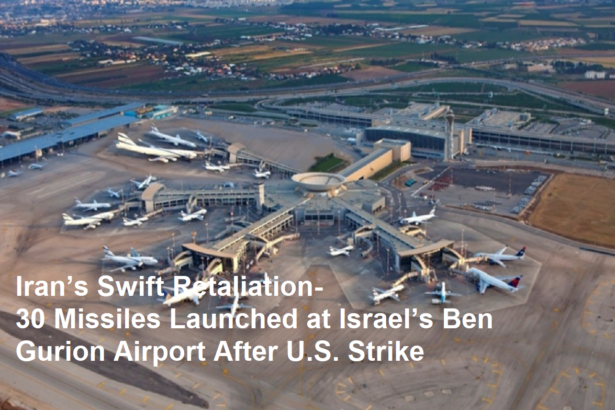The military strength of a nation is a critical factor in its geopolitical influence and security strategy. Among the nations with considerable military presence, the United States and Iran present a stark contrast in terms of power projection, capabilities, and strategic approaches. Understanding the differences and similarities between their military strengths offers insight into global security dynamics and regional stability, particularly in the Middle East.
Overview of the United States Military Strength
The United States boasts the most advanced and well-funded military in the world. With an annual defense budget exceeding $700 billion, the U.S. maintains a large, technologically sophisticated force across all branches: Army, Navy, Air Force, Marine Corps, and Space Force. Key attributes of U.S. military strength include:
- Global Power Projection: The U.S. has an extensive network of overseas bases and a powerful navy featuring 11 aircraft carriers, enabling rapid deployment anywhere globally.
- Advanced Technology: Cutting-edge aircraft, drones, missile defense systems, and cyber warfare capabilities.
- Highly Trained Personnel: Over 1.3 million active-duty personnel supported by millions of reservists.
- Nuclear Arsenal: One of the largest and most advanced nuclear arsenals globally, serving as a strategic deterrent.
Overview of Iran’s Military Strength
Iran’s military, while smaller and less technologically advanced than the U.S., plays a significant regional role in the Middle East. Iran invests heavily in asymmetric warfare capabilities and regional influence tactics. Key features of Iran’s military strength include:
- Ground Forces and Missile Programs: Large manpower with an estimated 500,000 active personnel and one of the most developed missile arsenals in the region.
- Asymmetric Warfare Focus: Utilization of proxy militias, drones, and cyber warfare to project power beyond conventional means.
- Navy Capabilities: Smaller in scale, focusing on fast-attack craft and submarines tailored for asymmetric operations in the Persian Gulf.
- Nuclear Ambitions: Controversial nuclear program with concerns over potential weaponization, leading to international scrutiny.
Key Differences in Military Strength
Several key distinctions highlight the difference in scale and strategy:
- Budget and Resources: The U.S. defense budget dwarfs Iran’s estimated $20 billion allocation, enabling superior technology and global reach.
- Technology and Equipment: American forces operate the latest fighter jets, stealth bombers, and missile defense systems, while Iran’s equipment relies heavily on older Soviet and Chinese hardware supplemented by indigenous production.
- Strategic Approach: The U.S. emphasizes conventional warfare, rapid deployment, and multilateral operations. Iran focuses on regional influence through proxy forces and guerrilla tactics.
- Nuclear Capabilities: The U.S. has a fully developed strategic nuclear arsenal, whereas Iran’s nuclear program is under international agreements and restrictions to prevent weaponization.
Regional and Global Implications
The military disparity influences both nations’ geopolitical strategies. The U.S. aims to maintain global dominance and security commitments to allies, emphasizing deterrence and power projection. Conversely, Iran leverages its military resources to assert influence within the Middle East, counter U.S. presence, and promote its ideological interests through non-conventional means.
Conclusion
In summary, the United States and Iran possess vastly different military strengths shaped by their resources, strategic goals, and technological capabilities. While the U.S. maintains overwhelming conventional military superiority with global reach, Iran excels in asymmetric strategies aimed at regional dominance. Understanding this contrast is vital for policymakers, analysts, and anyone interested in the complexities of international security.








